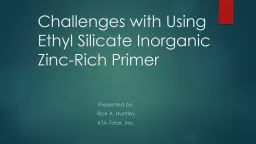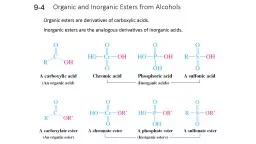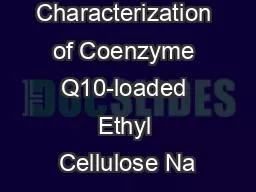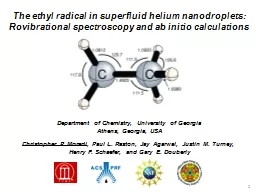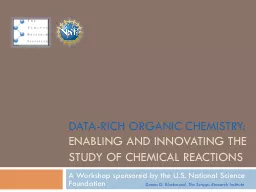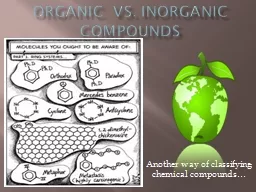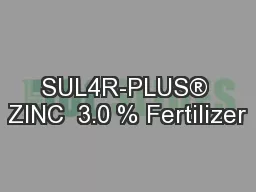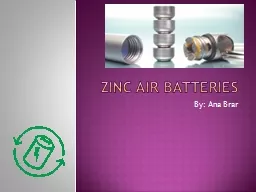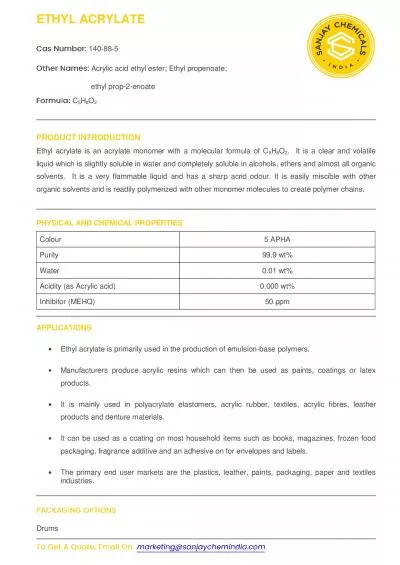PPT-Challenges with Using Ethyl Silicate Inorganic Zinc-Rich Pr
Author : alexa-scheidler | Published Date : 2017-04-19
s Presented by Rick A Huntley PCS Senior Coatings Consultant KTATator Inc Ethyl Silicate Zincrich Primer Challenges Overview Ethyl silicate zinc primer curing
Presentation Embed Code
Download Presentation
Download Presentation The PPT/PDF document "Challenges with Using Ethyl Silicate Ino..." is the property of its rightful owner. Permission is granted to download and print the materials on this website for personal, non-commercial use only, and to display it on your personal computer provided you do not modify the materials and that you retain all copyright notices contained in the materials. By downloading content from our website, you accept the terms of this agreement.
Challenges with Using Ethyl Silicate Inorganic Zinc-Rich Pr: Transcript
Download Rules Of Document
"Challenges with Using Ethyl Silicate Inorganic Zinc-Rich Pr"The content belongs to its owner. You may download and print it for personal use, without modification, and keep all copyright notices. By downloading, you agree to these terms.
Related Documents

